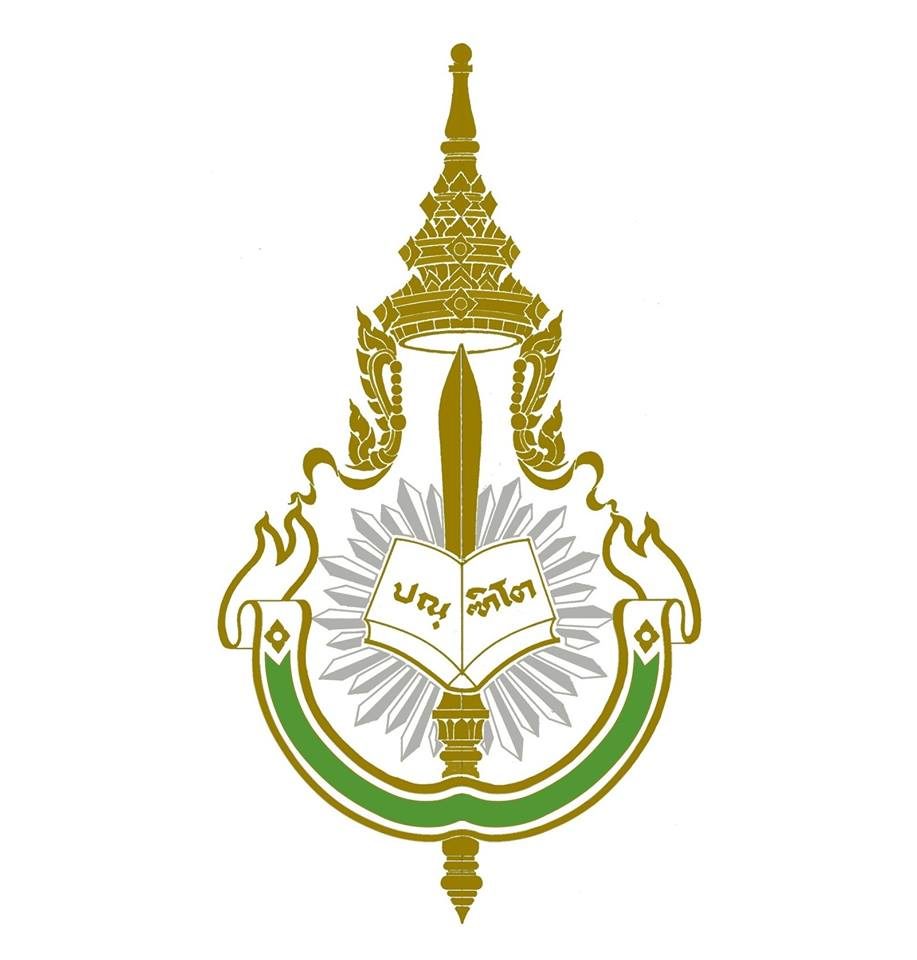Siriwat Wongsiri
Chanpen Chanchoa
Pichai Kongpitak
Abstract
The organic honey in the kingdom of Thailand is new and innovation since few records in the literatures. Mostly the normal traditional beekeeping in Thailand is possible to be changed to the organic beekeeping in many bee-yards. The point we have to educate the beekeepers and verify the standard of organic honey in the Kingdom. The average annual honey production of a traditional hive is 3-5 kg/annum, while that of a box hive is 5-20 kg/annum. In areas with beekeeping potential, there are two or more harvests resulting from multiple flowering periods. In the country, about 10,000 metric tons of honey are produced annually . The types of honeys produced in Thailand are well known according to their seasons and their botanical origins. These types include Eupatorium odortum, Dimcarpus fumatus, Hilianthus annus, Sesamum orientale, and Croton roxburghii honeys. The majority of beekeepers extract honey by the traditional straining method, while some beekeepers with modern hives extract their honeys using honey extractors. This method has to be modified to be the standard or organic beekeeping methods. Now China produces organic honey from the Asian honey bee Apis cerana more
than one million colonies in the forest. Bee flora and the beekeeping practice of Asian honey bees need not use pesticides and anti-biotics.
This year 2012 is the 80th anniversary of H.M. the Queen’s Birthday (12th August). During this auspicious time, H.M.’s message for sustainable agriculture and conservation is that the forests are home of thousands of plant species, which need both “domesticated” and wild bees for pollination in order to produce organic honey and provide food for humans as well as thousands of wild animal species that inhabit the forests.
Keywords: Organic honey, Asian honey bees, bee flora
